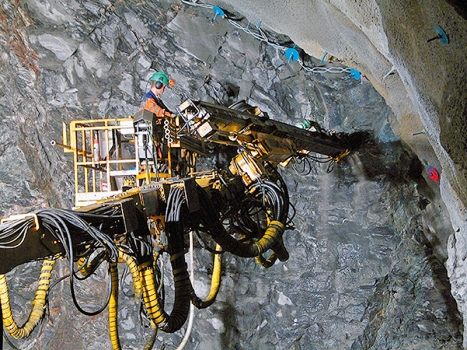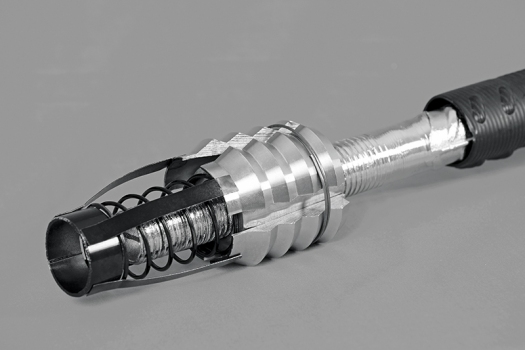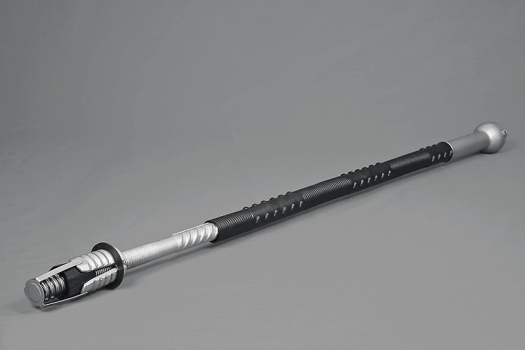Large scale energy generation: Ingula pumped storage complex, South Africa
According to forecasts, South Africa's energy demand will rise to approximately 40,000 MW by 2025. In anticipation of the increased demand, the Ingula pumped storage complex is being built in the Drakensberg Mountains near the border of the provinces of Free State and KwaZulu-Natal.
Two dams were built for collecting the water necessary for energy generation. The upper dam, Bedford Dam, is 810 m long and 40.9 m high. Braamhoek Dam, which is located 470 m below at a distance of 4.5 km, is 310 m long and 38.6 m high. With waterways leading from the two dam reservoirs of 22 million m³ capacity each, energy can be generated on short notice in the underground power station between the lakes using four 333 MW turbines.
During periods of peak demand, water runs from the upper to the lower lake and is used by the turbines to generate energy. During times of low demand, the water is pumped back up to the upper lake by the turbines, which can also be used as pumps. During the pumping phase, the turbines are powered by excess energy from the country's electrical network.
Over 40 tunnels and shafts were built
More than 40 tunnels and shafts were built for this major project. In addition to the 1.25 km long main access tunnel, 2.1 km long double tube headrace tunnels direct the water from Bedford Dam to the power plant. A 2.3 km long tailrace tunnel with an interior diameter of 9.4 m directs the discharge water into Braamhoek Lake during energy generation and carries the water back to Bedford Lake in times of low demand.
Due to the predominance of relatively weak sedimentary rock with some faults and long-term creep behavior, underground work was very challenging. DSI South Africa was awarded a contract to produce and supply double corrosion protection DCP Rock Bolts for stabilizing tunnel advancement.
More than 150,000 bolts were installed
In total, over 150,000 bolts were supplied in diameters of 20, 25 and 32mm and in lengths varying from 1.2 to 9 m. The DCP rock bolts were successfully installed for crown strata stabilization.
The first two turbines were synchronised to the national grid end of March 2016. The other two turbines are scheduled to be fully operation in July 2017.
Structure Types
- About this
data sheet - Product-ID
7406 - Published on:
29/11/2016 - Last updated on:
17/11/2021




